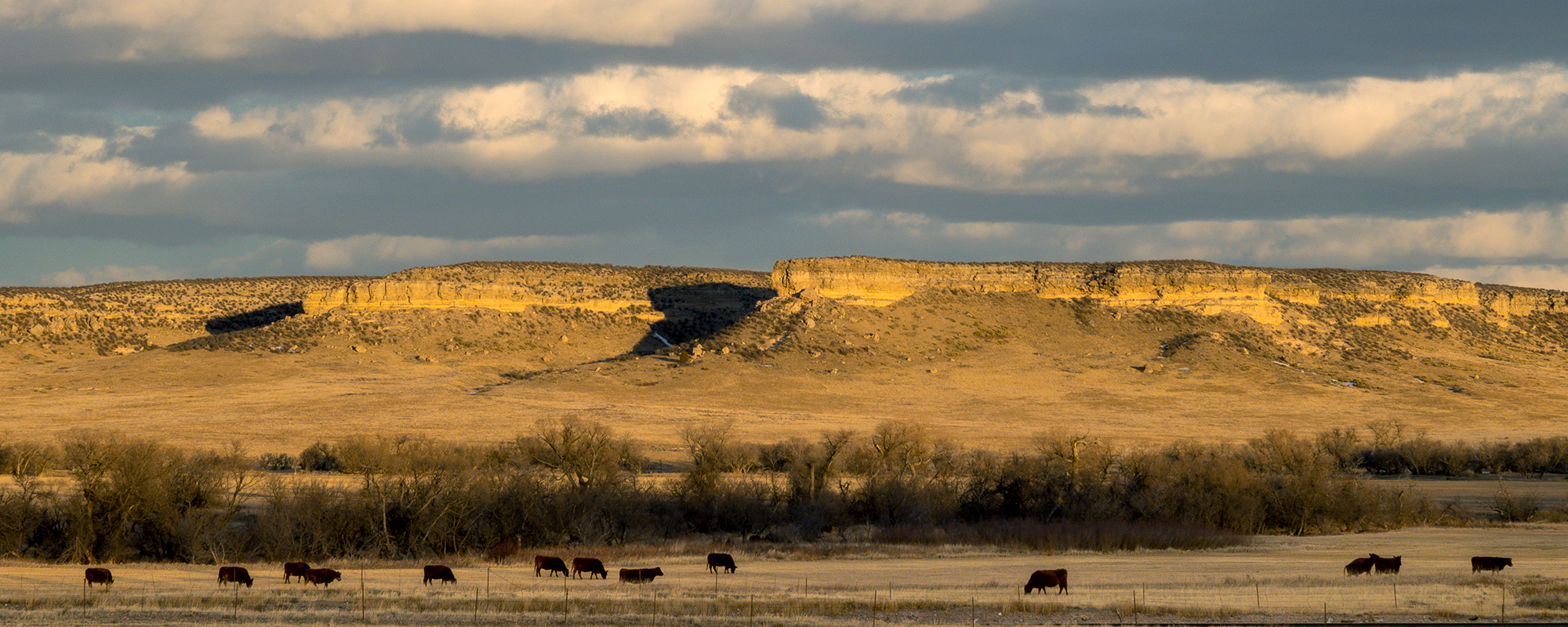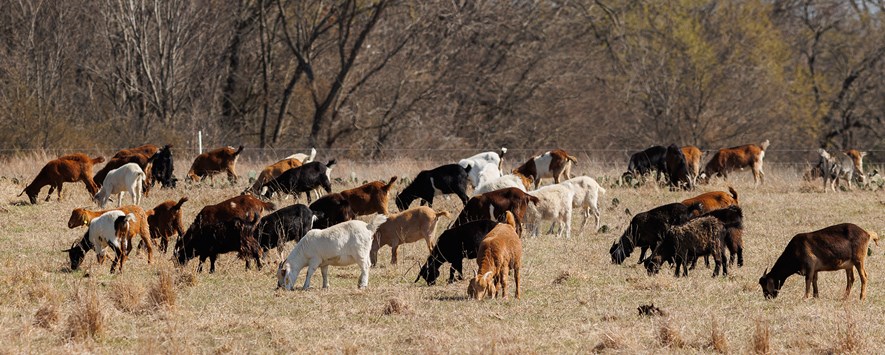As Benjamin Franklin famously said, “Nothing is certain except death and taxes.” And most ranchers don’t like to discuss either. But having a ranch succession plan in place can ensure the future of your land and legacy when you’re no longer at the helm.
While estate planning is what makes sure your assets are passed on to the desired recipients, succession planning is the road map to transitioning a business to the next generation, according to Dan Childs, Noble Research Institute senior agricultural consultant.
And as Jason Bradley, agricultural economics consultant for the institute, notes, succession planning is especially vital to the legacy regenerative ranchers hope to leave.
“I think of the story of the old man who plants trees knowing he will never sit in the shade of those trees,” Bradley says. “Ranchers want to better the land so they can pass on something that they helped rebuild and rejuvenate.”
When it comes to ranch succession planning, often the biggest mistake people make is waiting until it is too late. So, Childs and Bradley offer seven things to consider now as you delve into succession planning to help cement your legacy.

1. Be willing to think about your legacy
Childs sees more ranchers procrastinate when it comes to thinking about their legacy and succession plans than with any other task. Yet, it is an essential exercise for ranch owners.
“What is the legacy ranchers want to leave behind?” asks Childs. “Decisions made and correctly documented will minimize and hopefully eliminate any potential conflict by the heirs. Generally, it is the desire to bless the heirs rather than burden them.”
Without such plans, Childs has seen families and ranches splintered. And the first step to creating a plan is to ponder what you want your ranch’s legacy to be. While Bradley and Childs wish they could provide more concrete answers, succession planning is hardly a one-size-fits-all process; it is an individual exercise. Your ranch’s future hinges on your vision for it and your ability to plan.
2. Have tough conversations
Once you’ve outlined your vision for your ranch’s future, it is time to have some hard conversations. As Bradley notes, ranchers are notoriously private, yet communication is key during succession planning. Topics like personal finances need to be on the table — but not the family table.
“The dining room table isn’t the best place to have these meetings,” Bradley says.
Childs adds that these aren’t conversations to have over the holidays, either. Succession-planning conversations are best held in a neutral location, often off-site, with a team of succession-planning professionals there to moderate. (See Assemble a knowledgeable team below.)
“When you get started, you’re going to have some hard conversations,” Bradley says. “It’s not an easy conversation to have; having someone there who is experienced can help navigate these types of conversations.”
Conversations such as equal versus equitable shares of the family business can be challenging to have with on-farm and off-farm heirs. Yet, they’re invaluable to the future of the ranch. And topics as straightforward as “Who is next in line?” should not be overlooked.
“You have to have a conversation about it,” Childs says. “Who is interested? Who wants to do it?”

3. Identify the successor
Identifying a successor is one of the first steps of ranch succession planning, Childs says. Often, ranchers hope to pass the business on to a family member, but that is not always the best solution or even possible. If no heirs are interested in the ranch, then succession might mean transferring the ranching business to a young gentleman or woman down the road with a similar ranch management mindset.
“It doesn’t necessarily have to be a family member,” Childs says.
Once the successor is identified, Bradley reminds ranchers to have a formal transition plan in place to help the chosen successor learn the business and gradually take over ownership and responsibility, rather than suddenly being handed the reins of a ranch they don’t know how to manage.
Bradley saw a great example of one such plan on a trip abroad. There, a farmer and his son had a clear succession timeline. Although the son had always worked on the family’s operation, the succession plan clearly outlined a timeline during which his interest in and decision-making on the farm increased. As the son gained more responsibility and began to manage different parts of the farm, he gained a greater understanding of the business. The succession plan culminated in a retirement party for the father, which symbolized the son’s official ownership of his new role and a successful transition of power to the farm’s employees.

4. Delve into your business’s profitability
Nearly as important as identifying the successor is ensuring that the business can financially support the next generation. Ranch owners must be transparent with their heirs regarding the business’s profitability and liabilities before the transition.
“In this profitability exercise, determine the size of the estate tax obligations on the estate,” Childs says. “If we are surprised by a sizable estate tax obligation, that could jeopardize the financial success of the operation.”
Since most agricultural businesses have more assets than cash, they can be more vulnerable to estate tax obligations.
5. Assemble a knowledgeable team
Agricultural succession professionals can help business owners facilitate hard conversations and assist in understanding laws, tax obligations and financial concerns. Such a team may include CPAs, bank officials, attorneys and management consultants.
But, as Childs reminds us, ensure your team is competent in agricultural business, as farms and ranches often have unique circumstances.
6. Revisit your plans
Creating a ranch succession plan doesn’t mean you’re finished. Childs recommends revisiting the plan after tax and estate law changes or when the owners, heirs or successors experience life events, such as:
- Births
- Deaths
- Marriages
- Health events
- Acquisition of new property
- Sale of significant ranch assets.
Beyond this, Bradley suggests revisiting the plan every three years even if there are no life events.

7. Start today
Ultimately, Childs and Bradley want to emphasize that there is no time like the present to begin this process.
“Know the size of your estate, and start developing a succession plan today,” Childs says.
“You’re not going to live forever,” Bradley says. “So start planning today.”




